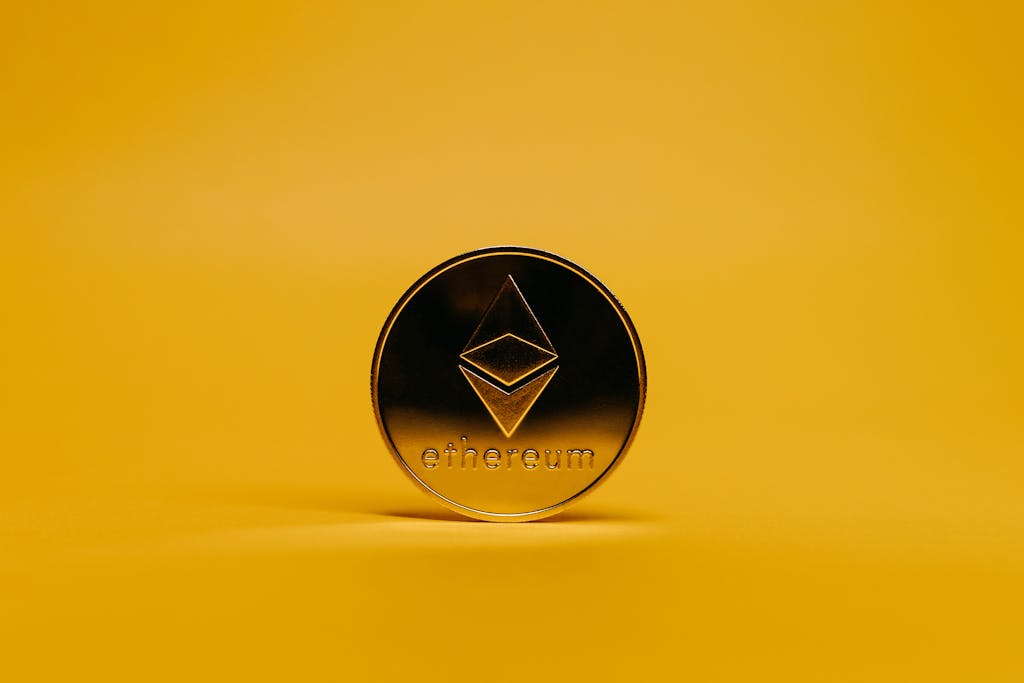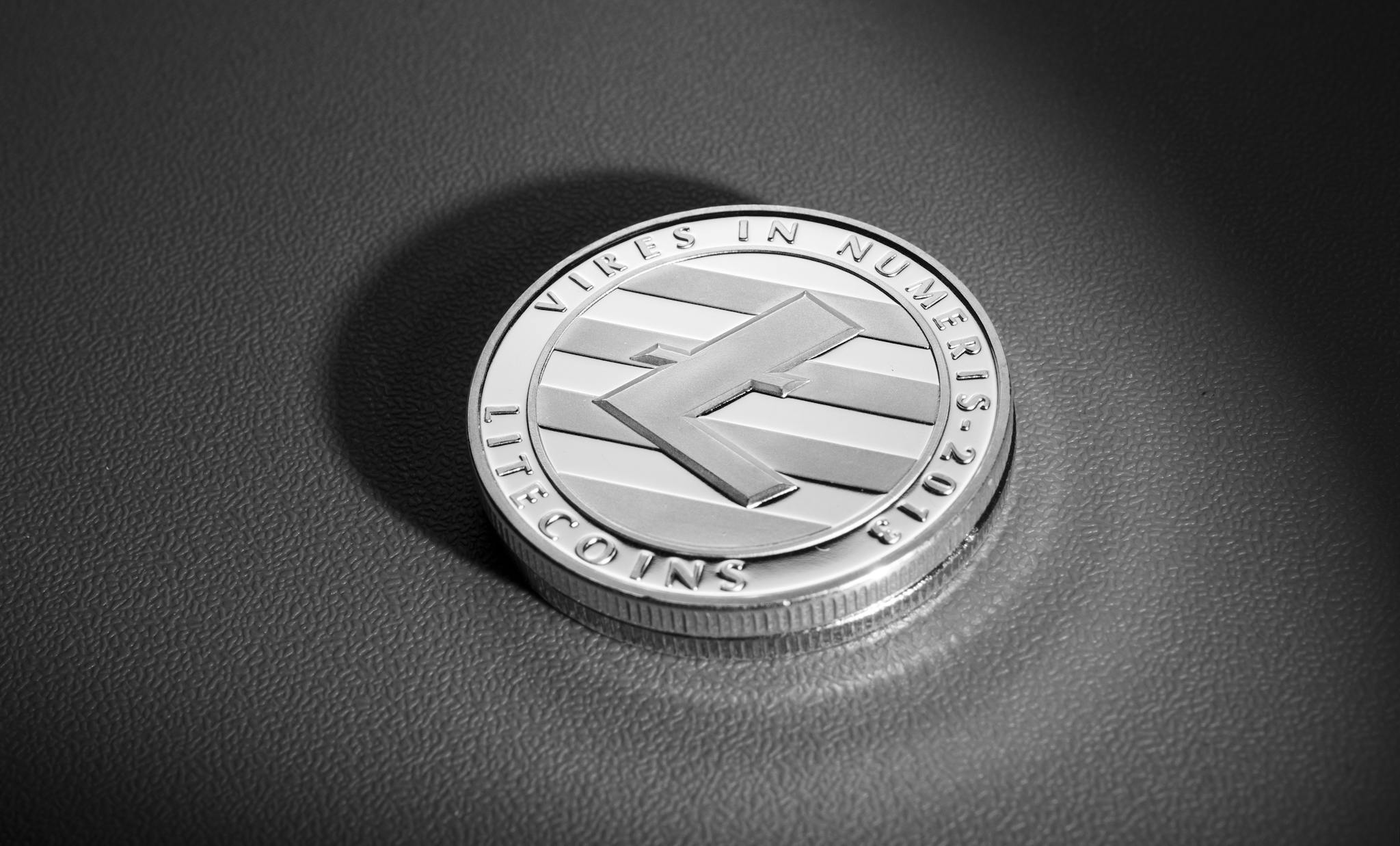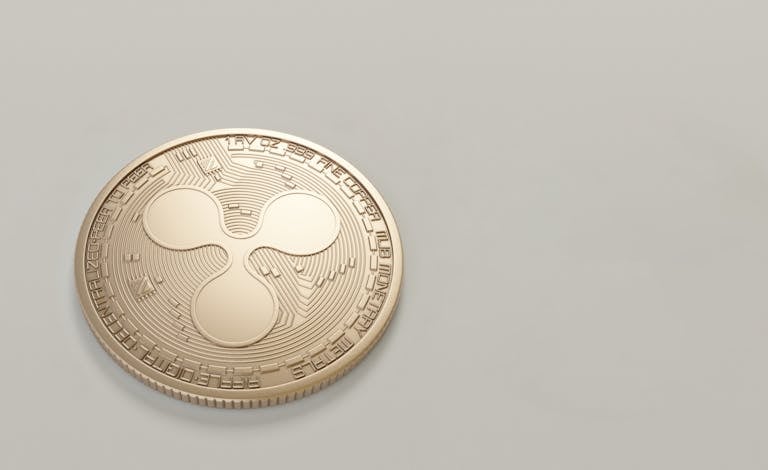The Fascinating History of Ethereum

Ethereum has become one of the most significant blockchain platforms, enabling smart contracts and decentralized applications. But how did it come to life? Let’s explore the origins of Ethereum and the vision that shaped it into what it is today.
The Birth of an Idea
In late 2013, a young programmer named Vitalik Buterin published the Ethereum whitepaper, outlining a new blockchain concept. Unlike Bitcoin, which was primarily designed as a decentralized currency, Ethereum aimed to create a programmable blockchain capable of running decentralized applications (dApps) through smart contracts.
Buterin, a cryptocurrency enthusiast and co-founder of Bitcoin Magazine, believed that Bitcoin’s scripting language was too limited. His vision was to create a more flexible blockchain that could support a wide range of applications beyond simple transactions.
Development and Funding
To bring Ethereum to life, Buterin, along with co-founders Gavin Wood, Joseph Lubin, Charles Hoskinson, Anthony Di Iorio, and Mihai Alisie, launched a crowdfunding campaign in mid-2014. Through an initial coin offering (ICO), they raised over $18 million, making it one of the largest crowdfunding projects at the time.
On July 30, 2015, the first version of Ethereum, called Frontier, was launched. This marked the beginning of a new era in blockchain technology, allowing developers to build decentralized applications on its network.
Ethereum quickly gained traction due to its smart contract functionality, which enabled self-executing contracts with predefined rules. This innovation opened the door for decentralized finance (DeFi), non-fungible tokens (NFTs), and a host of other blockchain-based applications.
Evolution and Upgrades
Ethereum has gone through multiple upgrades to address scalability and efficiency challenges. The introduction of Ethereum 2.0 marked a significant transition from a proof-of-work (PoW) to a proof-of-stake (PoS) consensus mechanism, improving network security and reducing energy consumption.
Other notable updates include:
- The Merge (2022): Ethereum successfully transitioned to PoS, drastically lowering its carbon footprint.
- Shanghai Upgrade (2023): Enabled staking withdrawals, increasing flexibility for Ethereum validators.
- Dencun Upgrade (2024-2025, expected): Aims to improve scalability with advancements in proto-danksharding.
These changes make Ethereum more efficient and sustainable, reinforcing its position as the leading smart contract platform.

Final Thoughts
Ethereum’s journey from a whitepaper to a leading blockchain platform is a testament to the power of innovation and decentralization. Whether you’re a developer, investor, or blockchain enthusiast, Ethereum continues to be at the forefront of the digital revolution.





